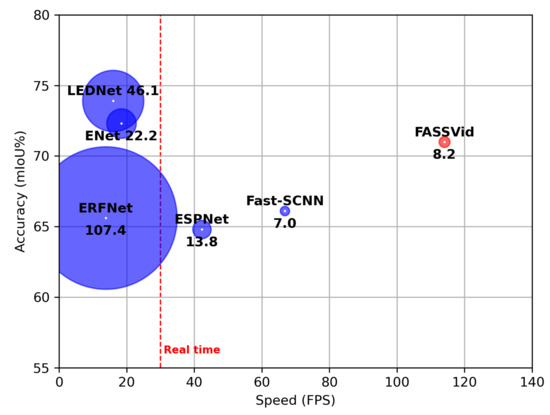Entropy-Based Applied Cryptography and Enhanced Security for Future IT Environments (Closed)
A topical collection in Entropy (ISSN 1099-4300). This collection belongs to the section "Multidisciplinary Applications".
Viewed by 63478Editor
Interests: artificial intelligence; big data; computer networks; computer security; information theory; IoT; multimedia forensics
Special Issues, Collections and Topics in MDPI journals
Topical Collection Information
Dear Colleagues,
Entropy is a basic and important concept in the information theory by Claude E. Shannon. It is also often used as a measure of the unpredictability of a cryptographic key in cryptography research areas. Ubiquitous computing, cloud computing, big data, and Internet of Things (IoT) have rapidly emerged as an exciting new paradigm. Together with these trends, applied cryptography and security have become a rising big issue for providing secure and trust computing in the next generation information technology (IT) and communications. A detailed discussion of these issues would include applied cryptography and security concerns that cover amongst others, confidentiality, integrity, and availability (including various application areas). In particular, these topics will comprehensively focus on the important aspects of entropy-based applied cryptography and enhanced security for Future IT environments (FIT).
Specific topics of interest include (but are not limited to):
- Entropy-based Applied Cryptographic aspects for FIT
- Entropy-based Hash Functions for FIT
- Mathematical and Algorithmic Foundations of Applied Cryptography for FIT
- Cryptography algorithms in personal devices for FIT
- Advanced design and analysis of cryptographic algorithms for FIT
- Public key cryptosystems for FIT
- Authentication and access control for FIT
- Privacy protection and trust computing for FIT
- Entropy-based network security issues for FIT
- Information hiding and digital forensics for FIT
- Security service-centric issues for FIT-IoT, Converged IT, V2X
- Security issues in cloud computing, social networks, big-data
- Security issues in human-centric computing
This collection aims to provide advanced theories and applications; researchers should contribute original research and review articles that present state-of-the-art research outcomes, practical results in entropy-based applied cryptographic models, and enhanced security system for FIT.
Prof. Dr. Luis Javier Garcia Villalba
Collection Editor
Manuscript Submission Information
Manuscripts should be submitted online at www.mdpi.com by registering and logging in to this website. Once you are registered, click here to go to the submission form. Manuscripts can be submitted until the deadline. All submissions that pass pre-check are peer-reviewed. Accepted papers will be published continuously in the journal (as soon as accepted) and will be listed together on the collection website. Research articles, review articles as well as short communications are invited. For planned papers, a title and short abstract (about 100 words) can be sent to the Editorial Office for announcement on this website.
Submitted manuscripts should not have been published previously, nor be under consideration for publication elsewhere (except conference proceedings papers). All manuscripts are thoroughly refereed through a single-blind peer-review process. A guide for authors and other relevant information for submission of manuscripts is available on the Instructions for Authors page. Entropy is an international peer-reviewed open access monthly journal published by MDPI.
Please visit the Instructions for Authors page before submitting a manuscript. The Article Processing Charge (APC) for publication in this open access journal is 2600 CHF (Swiss Francs). Submitted papers should be well formatted and use good English. Authors may use MDPI's English editing service prior to publication or during author revisions.
Keywords
- applied cryptography
- ubiquitous computing security
- cryptography algorithms
- public key cryptosystems
- authentication
- access control
- privacy protection
- trust computing
- entropy based network security
- information hiding
- digital forensics
















